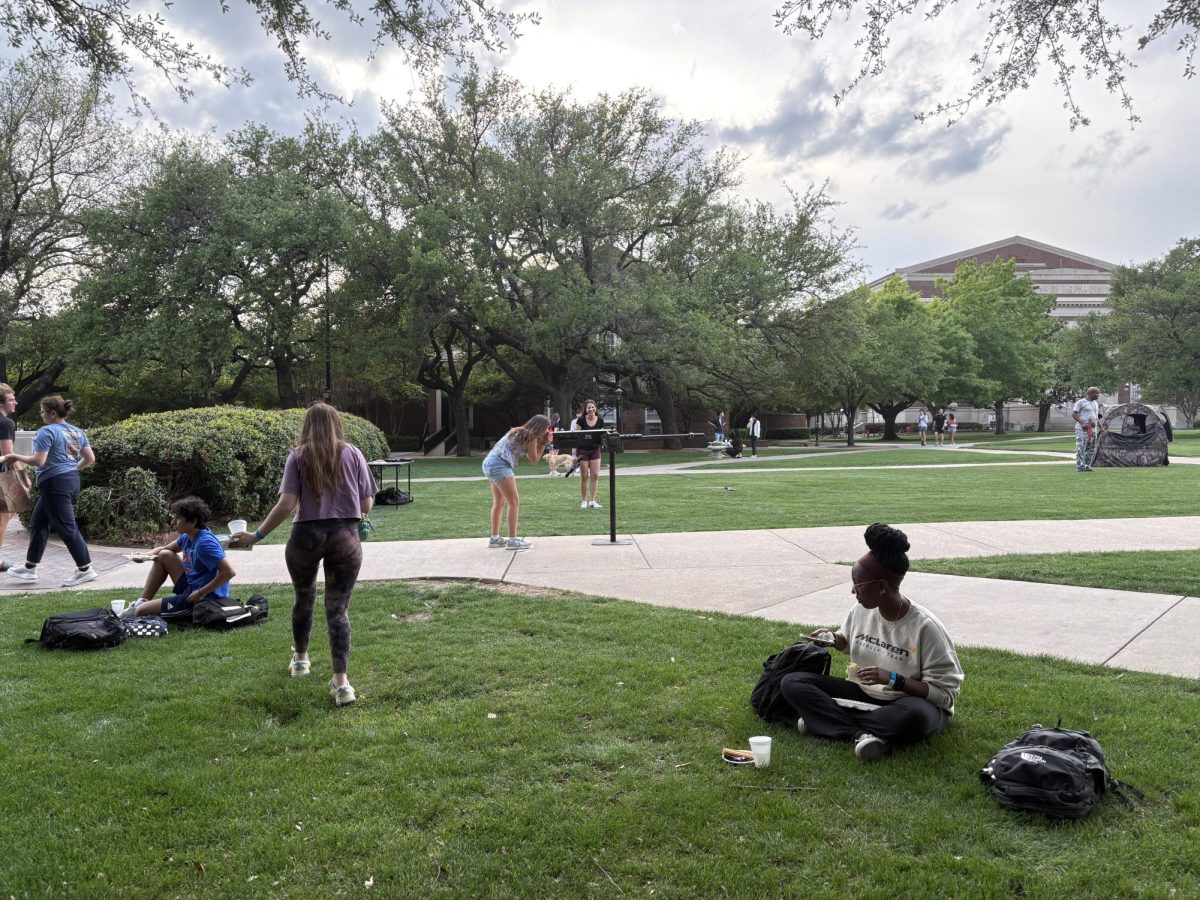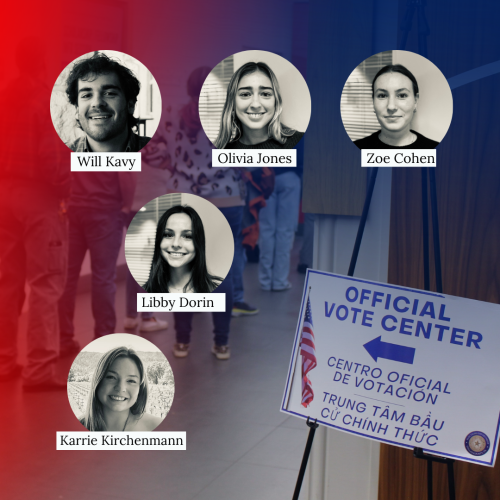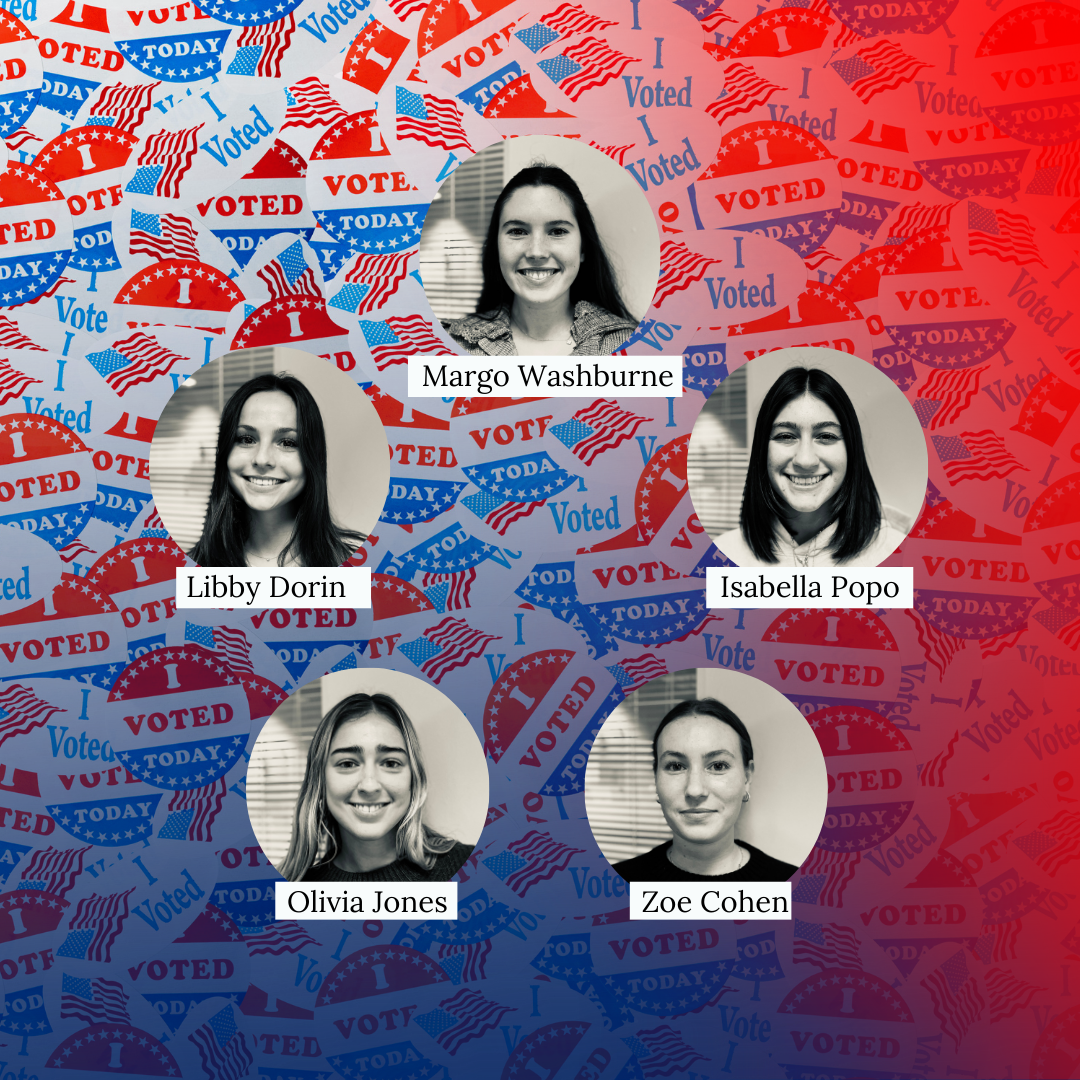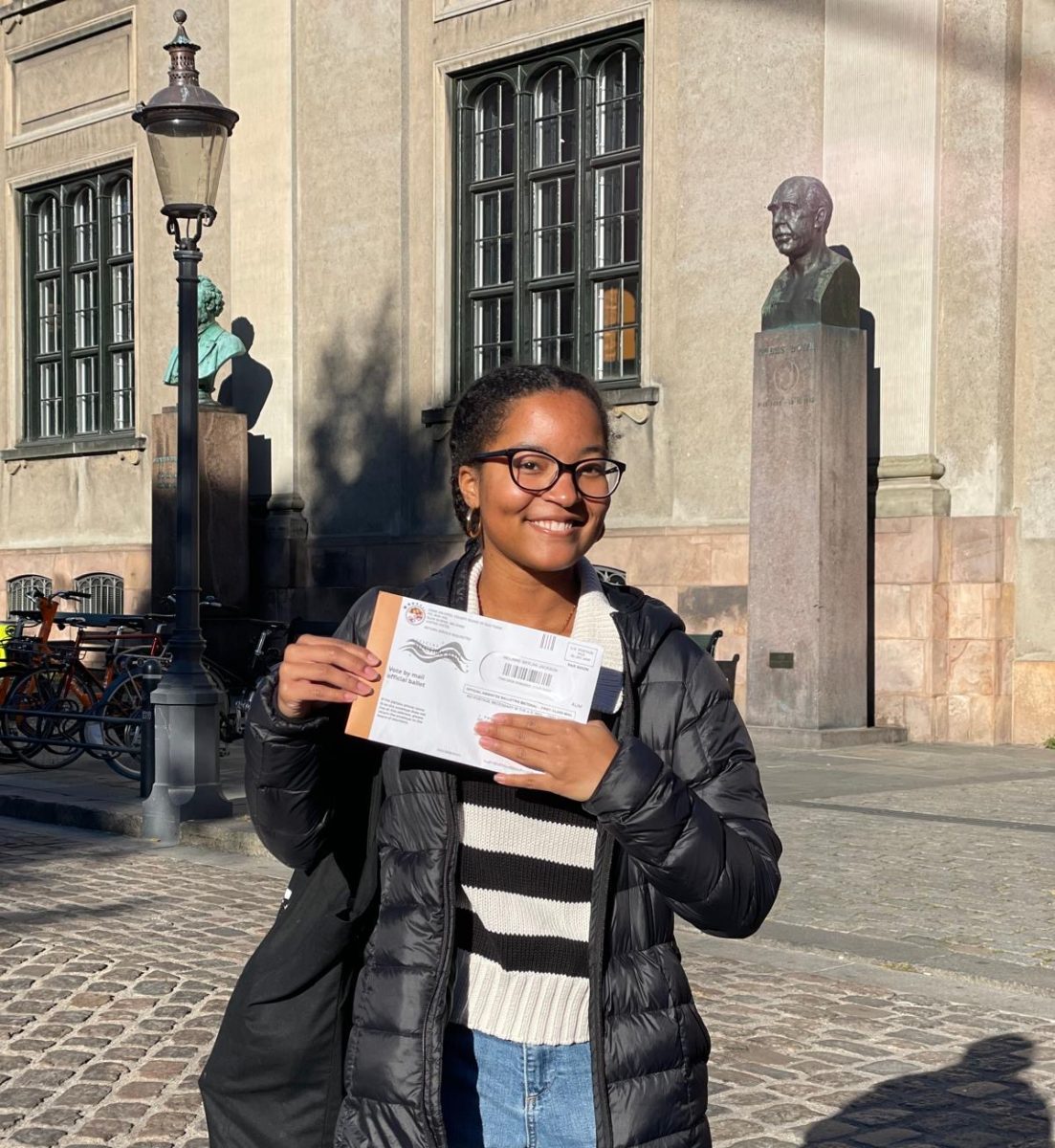By Peter Moore
In this second column I want to further explore double majors. In the first article I suggested considering two majors that meet complementary requirements of the University Curriculum (UC). The point of such majors is not primarily to make the UC easier to fulfill, though it will have that effect. The point is that the UC allows us to think differently about double majors, that is, to think about new combinations we might not have considered in the past.
Let’s walk through an example of how this might work. Using the information on our website, a major in Journalism allows one to complete five Pillars: Creativity and Aesthetics level one (CA1), Historical Contexts level two (HC2), Individuals, Institutions, and Cultures levels one and two (IIC1, IIC2) and Philosophy, Religious Inquiry, and Ethics level one (PRIE1). A complementary major would fulfill some portion of the missing Pillars. One possibility is to pair up with a major in Science or Engineering. In particular consider Engineering Management, Information and Systems (EMIS). This major allows students to complete both levels of the Pure and Applied Science Pillar (PAS1, PAS2) along with HC1 and PRIE2 leaving only CA2. Along the way all but the Global Engagement tag can be completed as well.
EMIS students completing a second major in Journalism have gained valuable communication skills to match their analytic expertise and Journalism majors with an interest in Science/Engineering have acquired key analytic tools and training. A four year plan for such a major is posted on our website.
Another way of thinking about a major or a double major is to find a way to leverage course work. This is done automatically in double majors in Engineering and Science where math and science requirements overlap. A similar situation occurs between Cox majors and Economic majors. However, these are not the only cases. Majors that require a substantial portion of the Cox six-course subset also allow leveraging. Public Policy is an example of such a major. EMIS is another. In fact a double major in Public Policy and EMIS builds on the Cox subset providing students the educational background for a variety of positions in government and policy institutions.
I want to encourage you to be inventive as you pursue your educational goals at SMU. In addition to the ideas offered in my two columns, Dedman College and Meadows School of the Arts both offer interdisciplinary degrees which allow students enormous flexibility in working with faculty to design their own specialized major.









